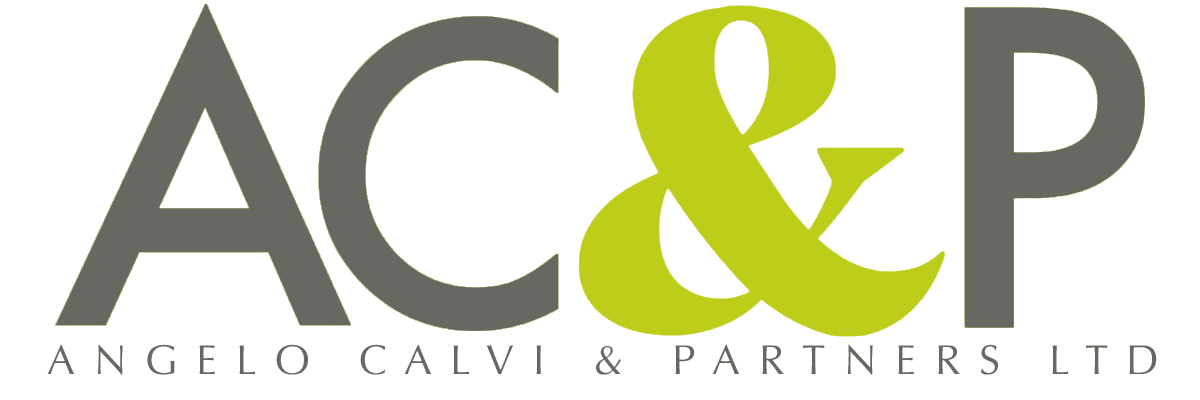Web Reputation Service
A web reputation service, also known as online reputation management (ORM) service, is a professional service aimed at monitoring, improving, and maintaining an individual’s or organization’s reputation on the internet. Here’s an overview of what a web reputation service typically includes:
Monitoring Online Mentions
Web reputation services continuously monitor various online channels, including search engines, social media platforms, review websites, forums, and news sites, to track mentions of the individual or organization. This helps to identify both positive and negative content that may impact their online reputation.
Sentiment Analysis
Web reputation services analyze the sentiment of online mentions to determine whether they are positive, negative, or neutral. This helps to gauge the overall sentiment towards the individual or organization and identify areas that may require attention or intervention.
Content Removal and Suppression
If negative or damaging content is found during monitoring, web reputation services work to remove or suppress it from search engine results and other prominent online platforms. This may involve contacting website owners, submitting removal requests, or utilizing search engine optimization (SEO) techniques to push down negative content in search rankings.
Response and Engagement
Web reputation services help individuals and organizations craft appropriate responses to online criticism, negative reviews, or misinformation. They may engage with users, address concerns, provide clarifications, or offer solutions to mitigate the impact of negative content on their reputation.
Content Creation and Promotion
To enhance positive online presence, web reputation services create and promote high-quality content that showcases the individual’s or organization’s expertise, achievements, and positive attributes. This may include publishing blog posts, articles, press releases, and other content on relevant platforms to build credibility and authority.
Review Management
Web reputation services assist businesses in managing online reviews and ratings across various review websites and platforms. They monitor and respond to customer reviews, address complaints, and encourage satisfied customers to leave positive feedback to bolster the organization’s online reputation.
Crisis Management
In the event of a reputation crisis or online attack, web reputation services provide strategic guidance and support to navigate the situation effectively. They develop crisis communication plans, coordinate responses, and mitigate the impact of negative publicity on the individual’s or organization’s reputation.
Overall, web reputation services play a crucial role in helping individuals and organizations protect and enhance their online reputation in an increasingly digital world. By proactively monitoring, managing, and promoting their online presence, clients can build trust, credibility, and goodwill among their target audience and stakeholders.

